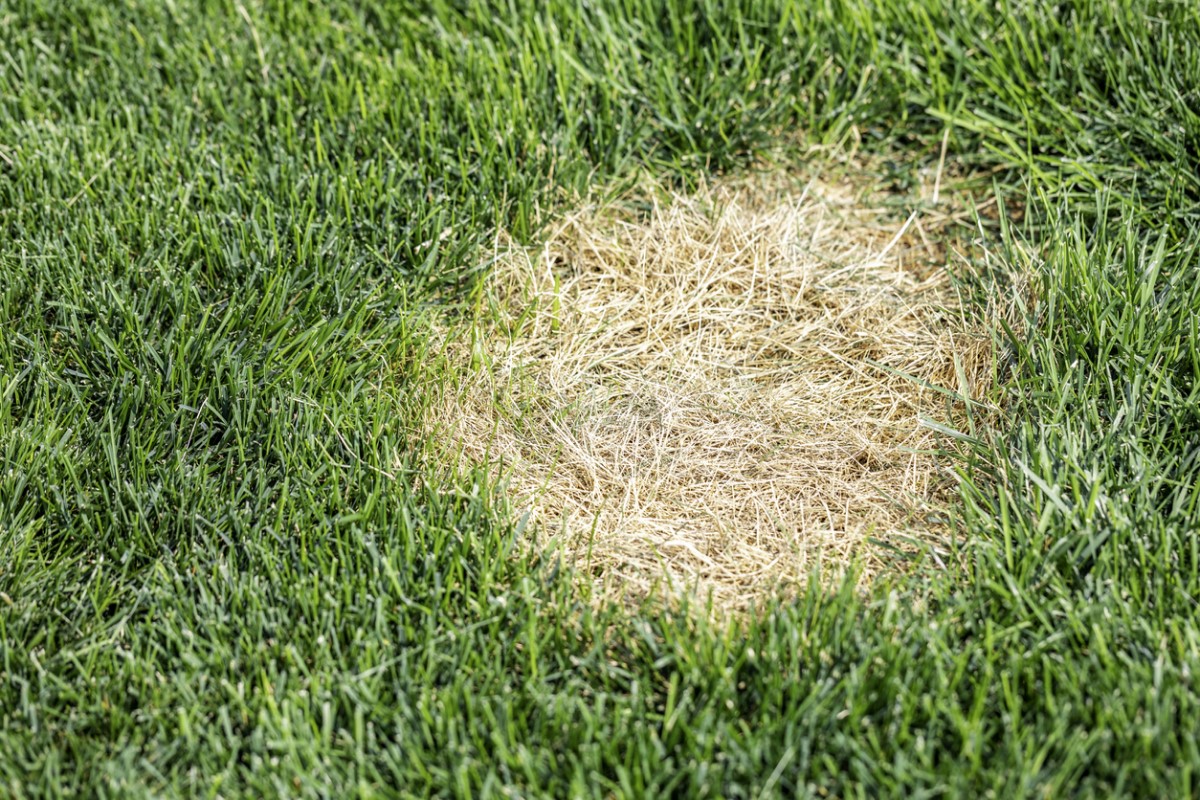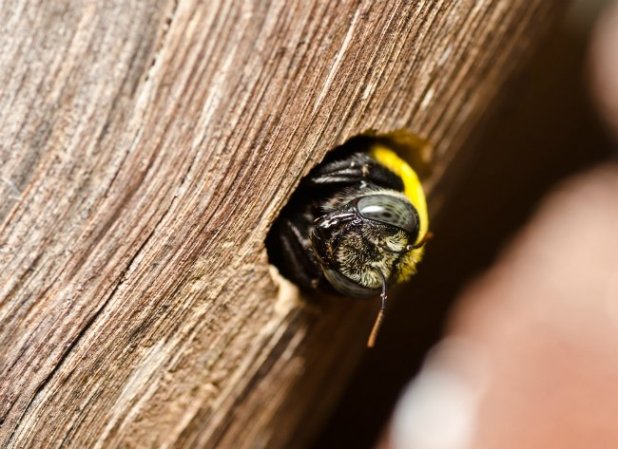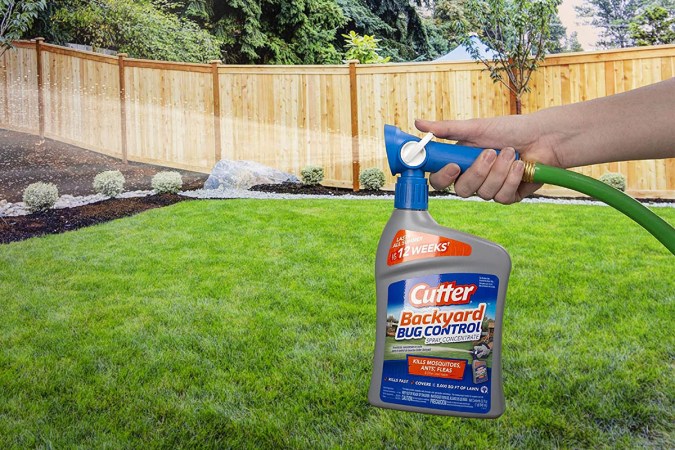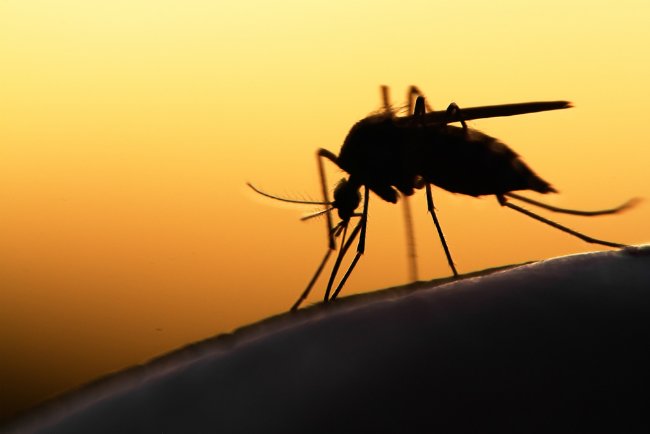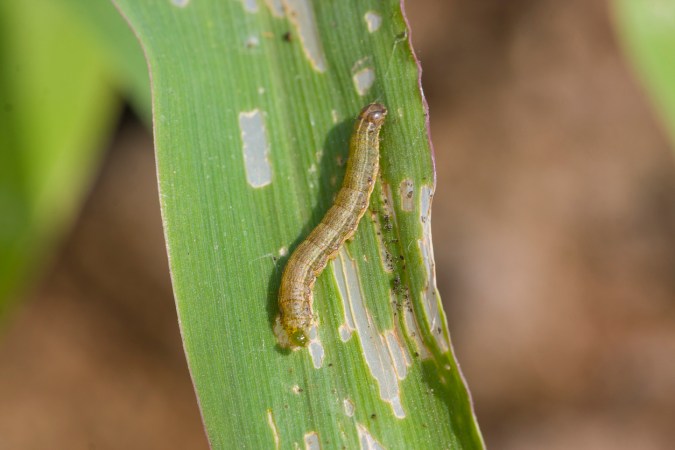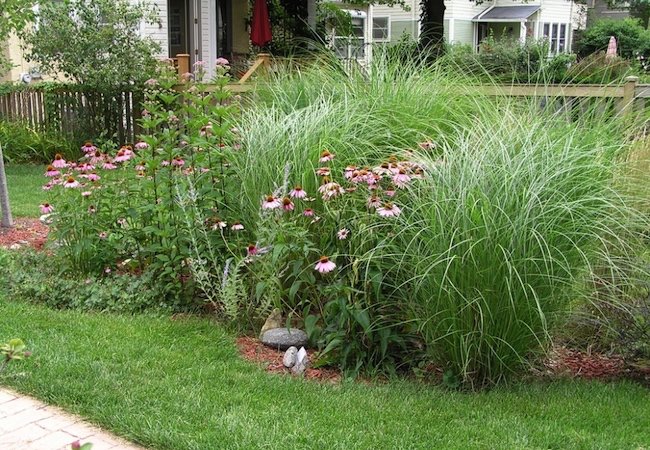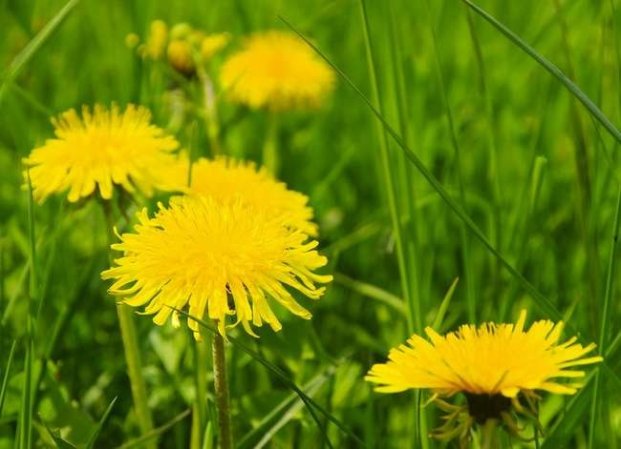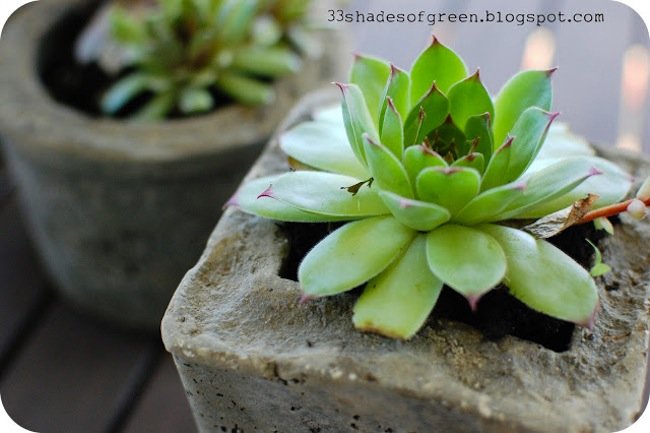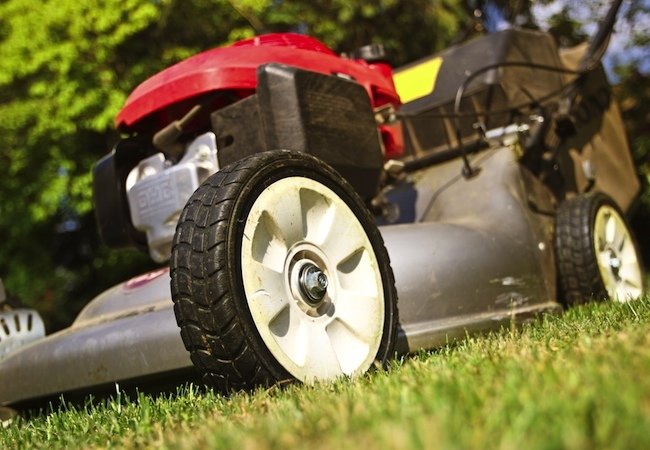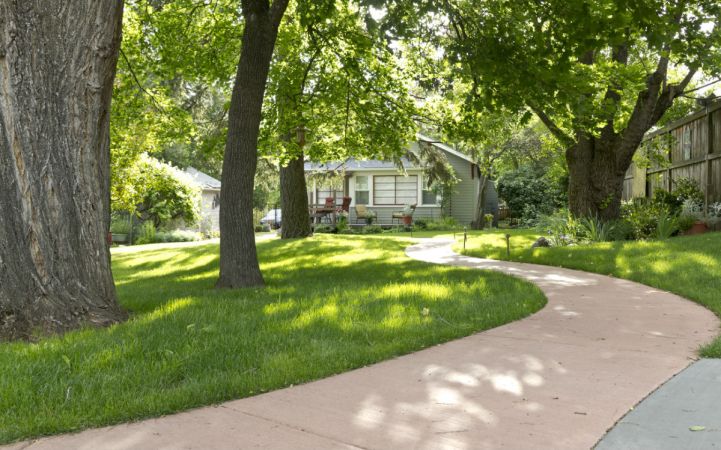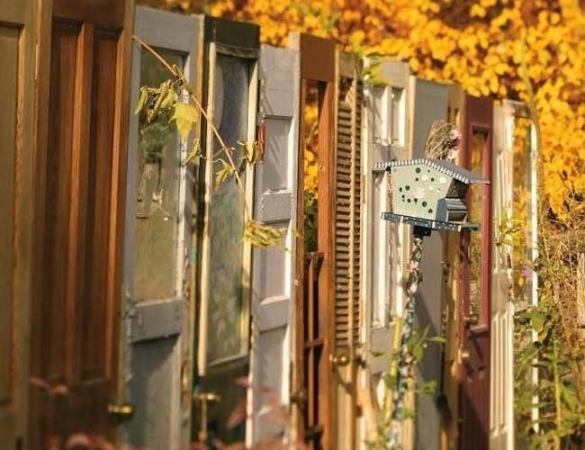We may earn revenue from the products available on this page and participate in affiliate programs. Learn More ›
Q: Until this year, my tall fescue lawn has always been plush and green, but a few weeks ago, some yellow spots developed next to my driveway. Within a few days, the grass in those spots turned brown and died. More spots are showing up now—and spreading quickly. My neighbor, who’s having the same problem, says chinch bugs may be the cause. I’d never heard of these pests! How can I get rid of them and restore my green lawn?
A: Sorry to hear about your turf troubles, which very well might be a classic case of chinch bug damage. Fortunately, you can banish the bugs and bring your lawn back to health. The common chinch bug (blissus leucopterus) is found nationwide, but normally at a rate of less than 10 to 15 bugs per square foot of lawn. In those numbers, they rarely cause problems because other insects, such as ants and ladybugs, feed on them and keep their population under control.
Extreme heat and drought conditions, however, can reduce the number of beneficial insects that prey on chinch bugs; when this occurs, chinch bugs populations can quickly multiply to more than 100 per square foot of lawn. Soon, the signs of chinch bug damage appear: yellow patches that turn brown and then die.
RELATED: 7 Things Your Lawn May Be Trying to Tell You
The adult chinch bug is less than ¼-inch long, with often with a dark red to black body, white wings, and a white dot on its back. Though found in all types of turfgrass, they do the most damage to warm-season species, such as tall fescue, bermudagrass, bentgrass, zoysiagrass, and Kentucky bluegrass. They destroy by inserting their razor-sharp beaks into a blade of grass and then sucking out its natural fluids, causing the grass to dehydrate and die.
Any time you find yellow patches of grass that turn brown and die—especially in sunny spots during hot weather—it’s probably chinch bug damage. Read on to learn how to stop the grass-killing bug in its tracks, and how to keep it from re-infesting your lawn in the future.
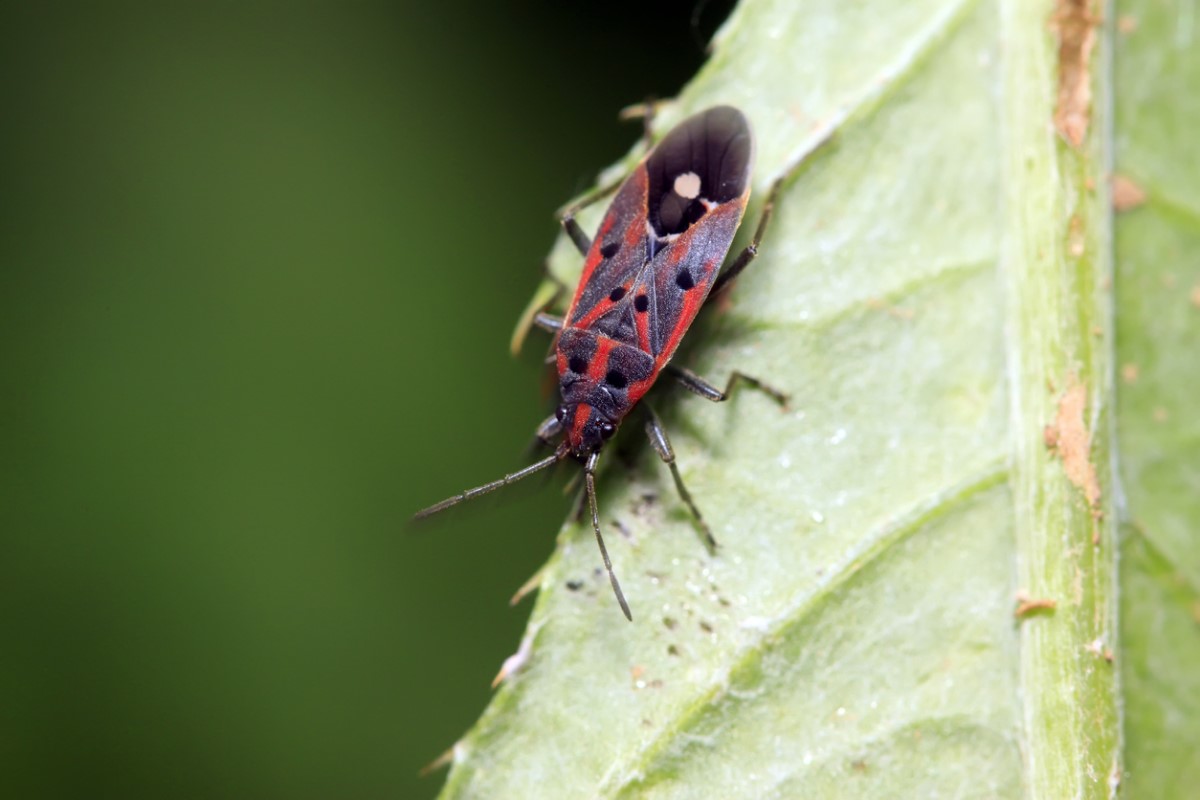
Kill chinch bugs with broad-spectrum pesticide.
Most turf-type pesticides will kill chinch bugs, but check the label to be sure. Apply a pesticide, such as BioAdvanced Complete Insect Killer for Soil and Turf (available from Amazon), to the turf following application instructions carefully. Many turf-type pesticides suggest mowing before treatment, and others may recommend watering the lawn thoroughly first.
Note that pesticides will kill chinch bugs but not their eggs, so some products require two separate applications: the first to kill existing bugs and a second, several weeks later, to kill any that hatched from eggs laid before the initial application. Other chemicals impart time-released protection that remains in the turf for up to three months, effectively killing the existing bugs immediately, and then subsequently killing any chinch bugs who later hatch.
Try diatomaceous earth for a chemical-free alternative.
If you prefer an eco-friendly option, consider dusting the lawn with this natural product made from pulverized fossils. Diatomaceous earth (DE), such as Harris Diatomaceous Earth (available from Amazon), is often added to livestock feed to rid the animals of internal parasites. While DE appears soft and powdery, its microscopic particles are razor sharp and will pierce the bodies of insects that come into contact with it. DE is also a desiccant, so it causes the bugs that contact it to dehydrate and die, typically die within a few days.
To check if DE has done the trick, cut the top and bottom from a coffee can and press it firmly into the ground near the edge of a yellowing spot. Fill the can with water and watch. Chinch bugs will rise to the top and you will be able to see if they are dead or still moving around. If you find moving bugs, treat the lawn again with DE and test again in a few days. Residual DE that remains in the turf should take care of any late-hatching chinch bugs, but it won’t hurt to reapply DE a few weeks later to be on the safe side.
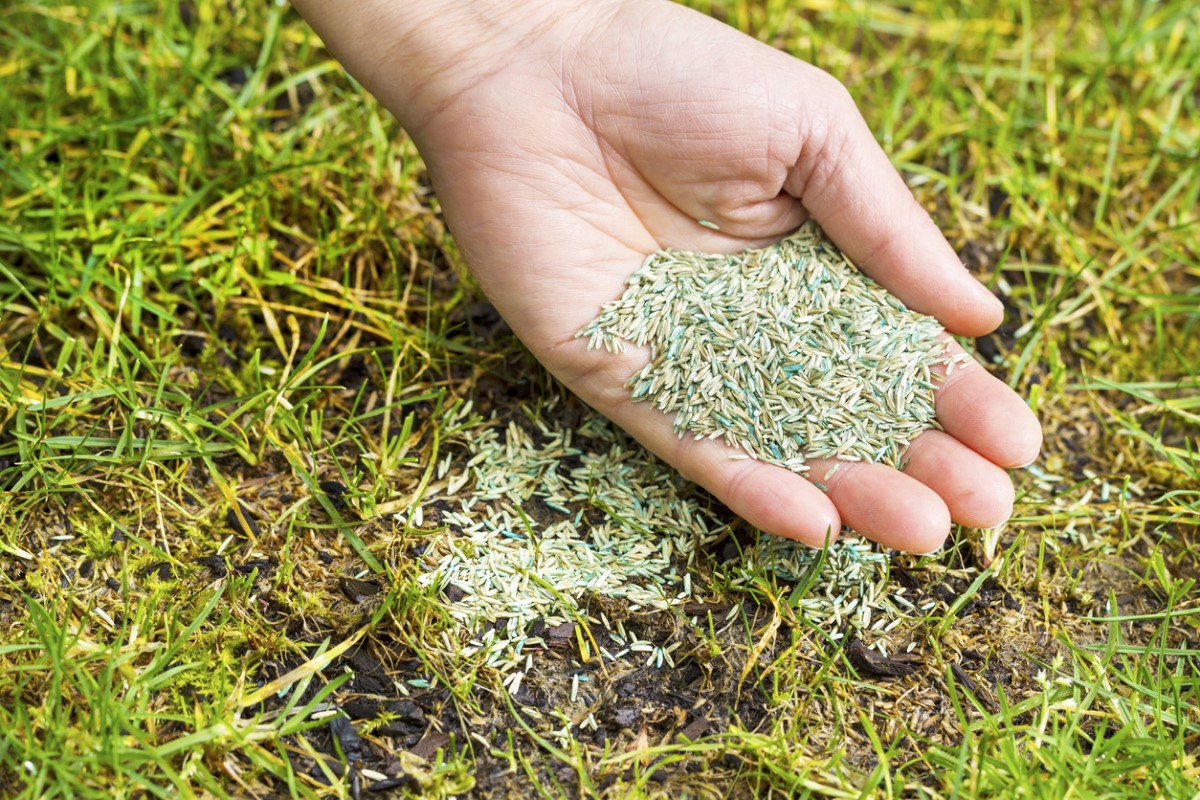
Reseed the spots left bare from chinch bug damage.
After ridding the lawn of chinch bugs, reseed the patches. If you’re using a two-application chemical treatment, you needn’t wait until the second treatment to reseed—you can reseed immediately after the initial dose of pesticide. Regular grass seed will work, but for extra protection against further infestations, consider an endophyte-enhanced grass seed that matches the type of grass in your lawn, such as SeedRanch Falcon Tall Fescue (available from Amazon). Endophyte-enhanced seeds—designed for bluegrass, ryegrass, and tall fescue lawns—contain properties that help them repel both insect damage and fungal diseases.
RELATED: The Best Things You Can Do For Your Lawn
Dethatch your lawn annually to keep it healthy.
Strong, healthy lawns are less likely to fall prey to chinch bug damage so it’s wise to remove the thick mat of dead grass that forms at the base of blades known as thatch. A dense layer of thatch prevents air and sunlight from reaching the bottom of the grass blade, which weakens the overall health of the lawn. Spring is the best time to dethatch, and you can hire a landscaping company to do it or do it yourself with a yard-size dethatcher, such as Greenworks 14-Inch Corded Dethatcher (available from Amazon).
Cut no more than one-third of the grass blade when you mow.
While mowing keeps your lawn looking smooth and lush, cutting more than one-third of the grass blade stresses the lawn, which weakens it and makes it more prone to future infestations. This may mean you need to mow the yard twice a week rather than just once during times of vigorous growth, which usually occur in spring and during rainy seasons.
Follow good lawn care practices to ward off future chinch bug damage.
The healthier the lawn, the more beneficial insects it will contain—and therefore the more difficult for chinch bugs to gain the upper hand. Starting in early spring, fertilize the lawn every two months with all-purpose lawn fertilizer, and continue fertilizing until the grass goes dormant in late fall. Lawns should receive a minimum of one inch of water per week, and it’s better to water deeply at one time rather than sprinkling lightly throughout the week. During periods of intense heat and drought, you may need to water more than once per week.

